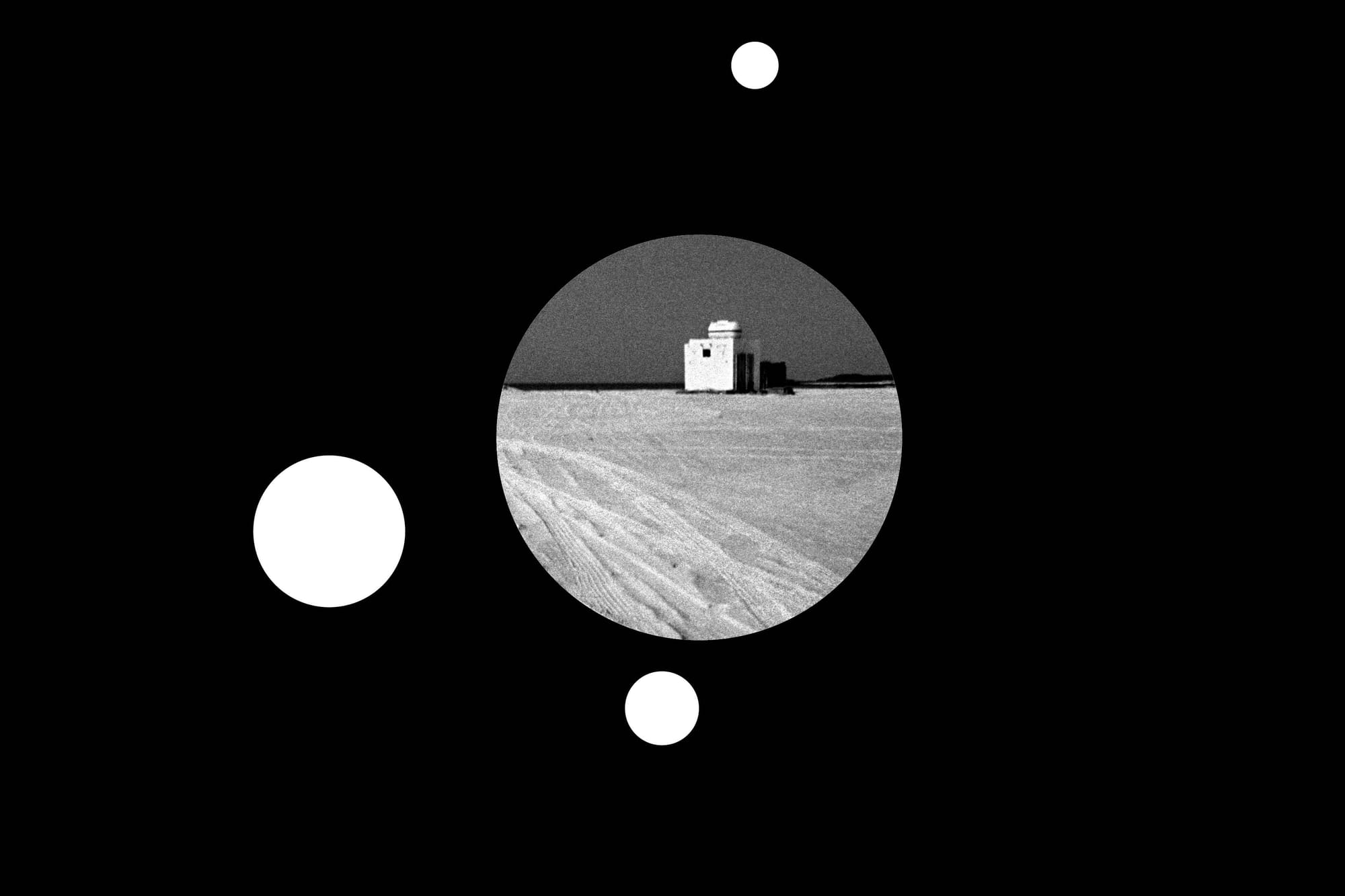
As a significant portion of your work is now available online, what do you think about the shift from traditional platforms to digital platforms for presenting art?
For those who are adept with digital tools, social media, and are willing to invest time, these platforms are indeed a significant opportunity for the future development of artists. They are a real alternative to traditional commercial networks, which are not always ready to invest as much energy in their creators. These platforms allow direct contact with the art market, the ability to showcase the plurality of one's work, which is rarely possible in a gallery, and most importantly, to connect with clients. Being able to exchange with them, create genuine connections, receive feedback, and naturally sell works to people who are happy to communicate directly with the artist. However, it’s important to be aware that this takes a lot of time.
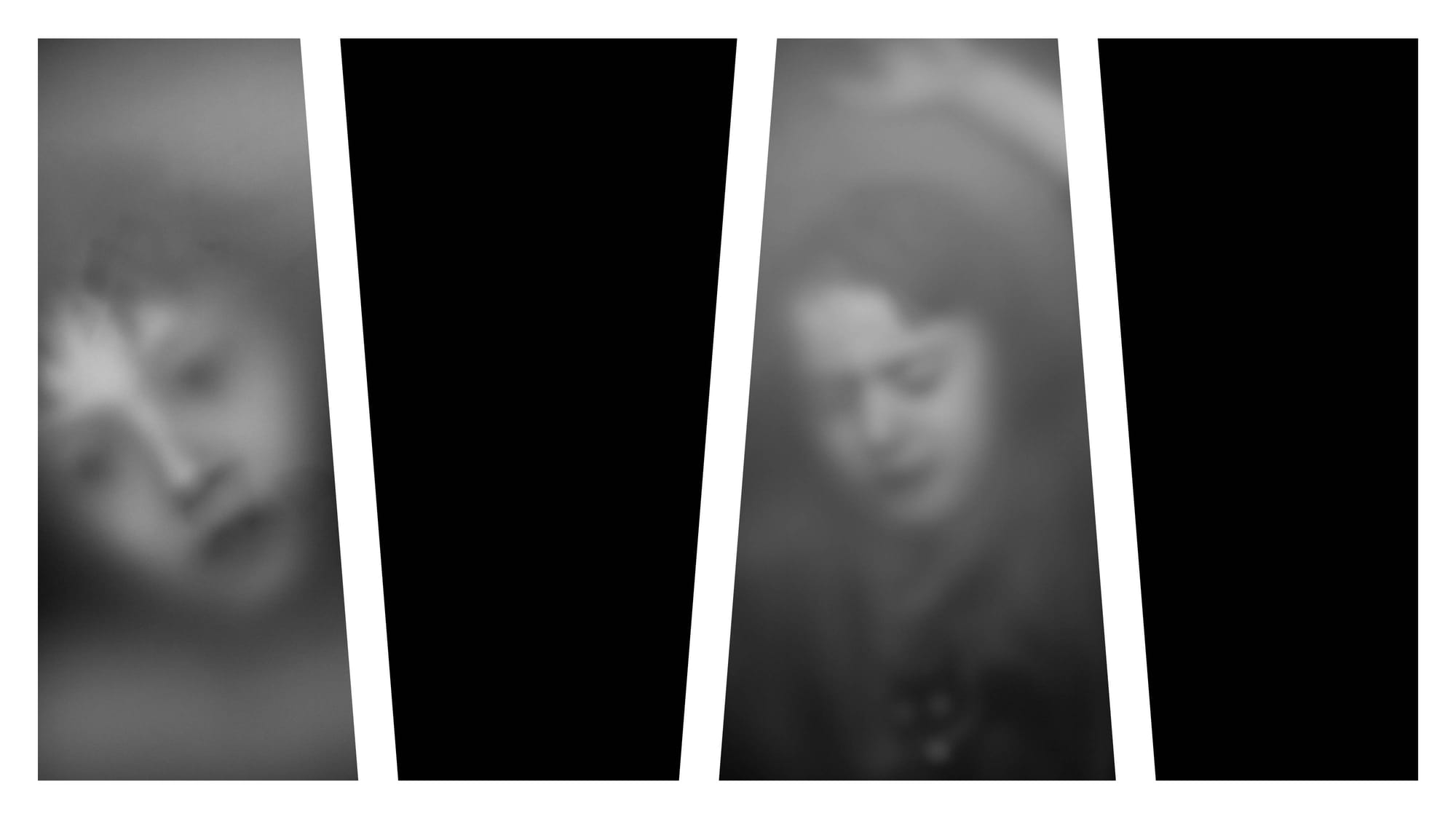
What motivates you to continue photographing and how has this motivation evolved over the years?
Photographing has always been a necessity for me. I never leave home without my camera. This dates back to my time at Penninghen, when I was a student in graphic arts, taking my first steps in photography and art direction. Carrying a camera every day doesn’t mean I take pictures daily, although I have been taking a daily portrait of my children since their birth. But every day, I am ready to capture an image if it presents itself to me and if I am in the state to receive it naturally. Then there are the travel photos where I immerse myself in different cultures. These already vanished moments that I capture photographically and then relive while working on my images, imagining book or visual animation projects. Photography is the most beautiful way for me to escape, whether in the photos I take, the ones I edit, or the ones I imagine integrating into a new project.
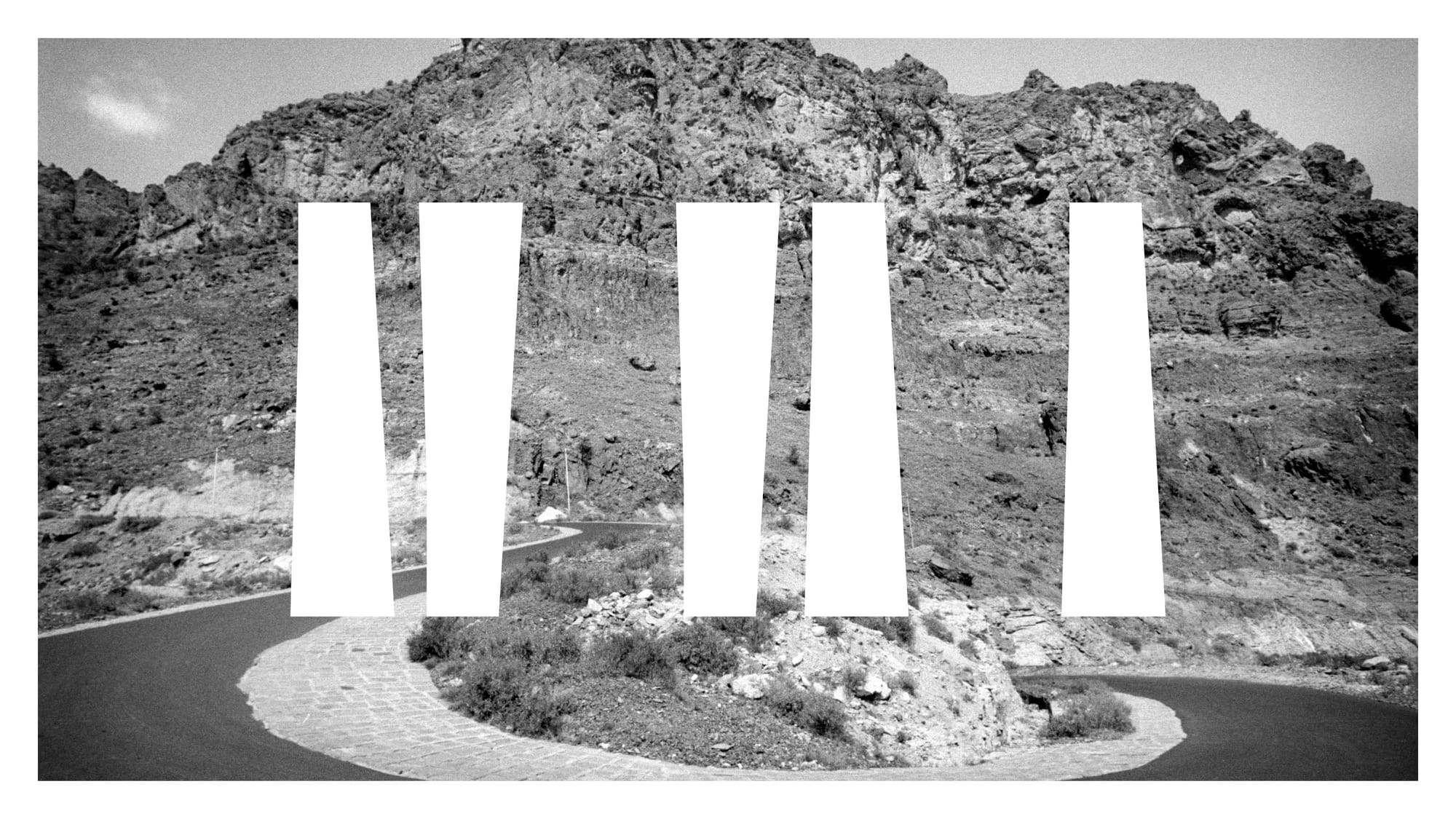
You mentioned the potential of your photographs to engage and question viewers. What themes or messages do you want to convey through your art?
Photographing has become a daily act of expression, like drawing or writing poems. It’s a way of leaving a trace. Capturing a piece of life in a perfect frame, the shot itself. No cropping. Just what I managed to capture. It’s a need that I can fulfill. I just need to look, frame, and shoot. This doesn’t necessarily mean the photo will be good, but the pleasure of composing it often outweighs the result. And when pleasure meets a good photo, it’s fabulous, but that happens very rarely. That’s probably why it feels so good. It’s only then that the viewer can take hold of one of my photos, in a second time. Or rather in a third or fourth time, after choosing the right image and printing it to enhance it. The act of photographing allows me to leave a trace while continuing to sharpen my vision. The trace is essential, whether I capture an exotic piece of life, a very graphic image, or a jazzy moment. It’s always a suspended moment that continues to exist long after the photo was taken.
Your work includes photography, poetry, and drawings. How do you integrate these different forms of expression into one piece or project?
The crossing of these different disciplines has allowed me to imagine a new form of expression. A process in which I’ve immersed myself and defined as a "pœm poème." A "pœm" is a Petite Œuvre Multi Média, and a "pœm poème" is a multidisciplinary animation that tells a story to see and hear around a poem. This digital form has allowed me to design a montage that crosses my different skills; drawing, photography, graphic design, adding voice and music, and then animating it all. This small form usually lasts no more than a minute or two. A few years ago, I created 12 pœm poèmes on jazz, successively evoking hope, wandering, violence, and escape. After William Klein’s death, I also created a pœm poème with the various “portrait reports” I had made of him over the years. This became my 2023 New Year’s card in homage to this essential master of contemporary photography.
The internet has opened new markets for artists. How do you navigate this digital market, and what strategies do you use to reach a global audience?
Currently, I am working to ensure that editionsdeouf.com, my online sales site for my works (photos, drawings, posters, and books), is as well-referenced as possible. Setting everything up so that art collectors find Les Éditions de Ouf when they search for a theme I have artistically addressed. As I mentioned before, the site is just one way to be seen. Social media, newsletters, partnerships, exhibitions, and communication tools are complementary and indispensable for the site to gain visibility. This is how I can exist in the eyes of photo enthusiasts in particular and art lovers in general.
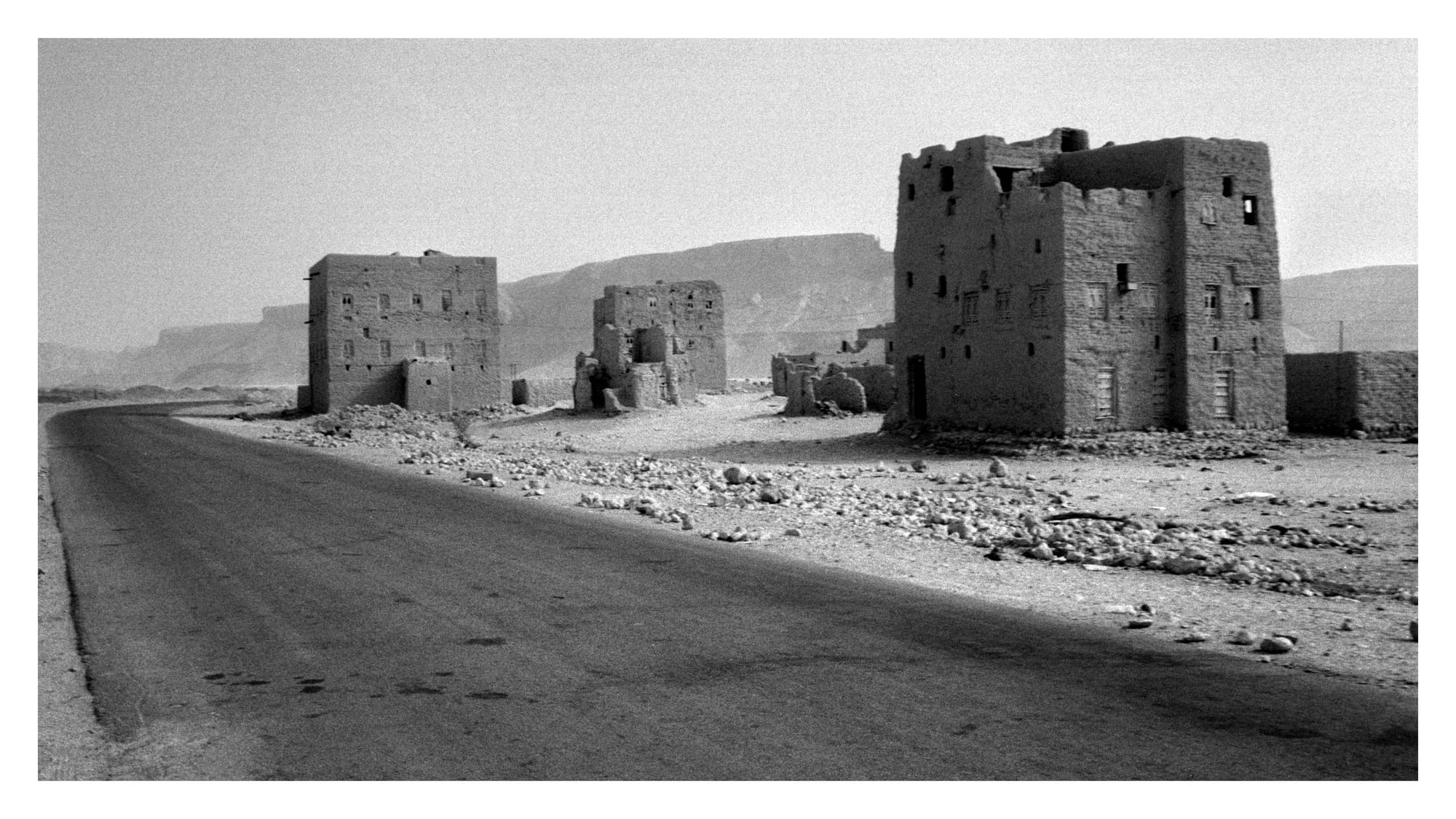
You have mentioned future projects of exhibitions, book signings, and performances. What excites you most about these upcoming events, and what can your audience expect?
Meeting people interested in my work is always rich in discussions and allows me to continue to open up and move forward. Similar to when I am in the position of the artistic director of the Herez Corpo Prize. There, the discussions with photographers who present their portfolios are fascinating. They allow me to engage with different perspectives and continue to question the artistic disciplines I practice. And when I discover, for example, in theater practice, a direct application that I can implement in drawing, it’s magical. Always learning from others, always learning in general, and deriving pleasure from the action. I think that’s also what makes me get up in the morning.
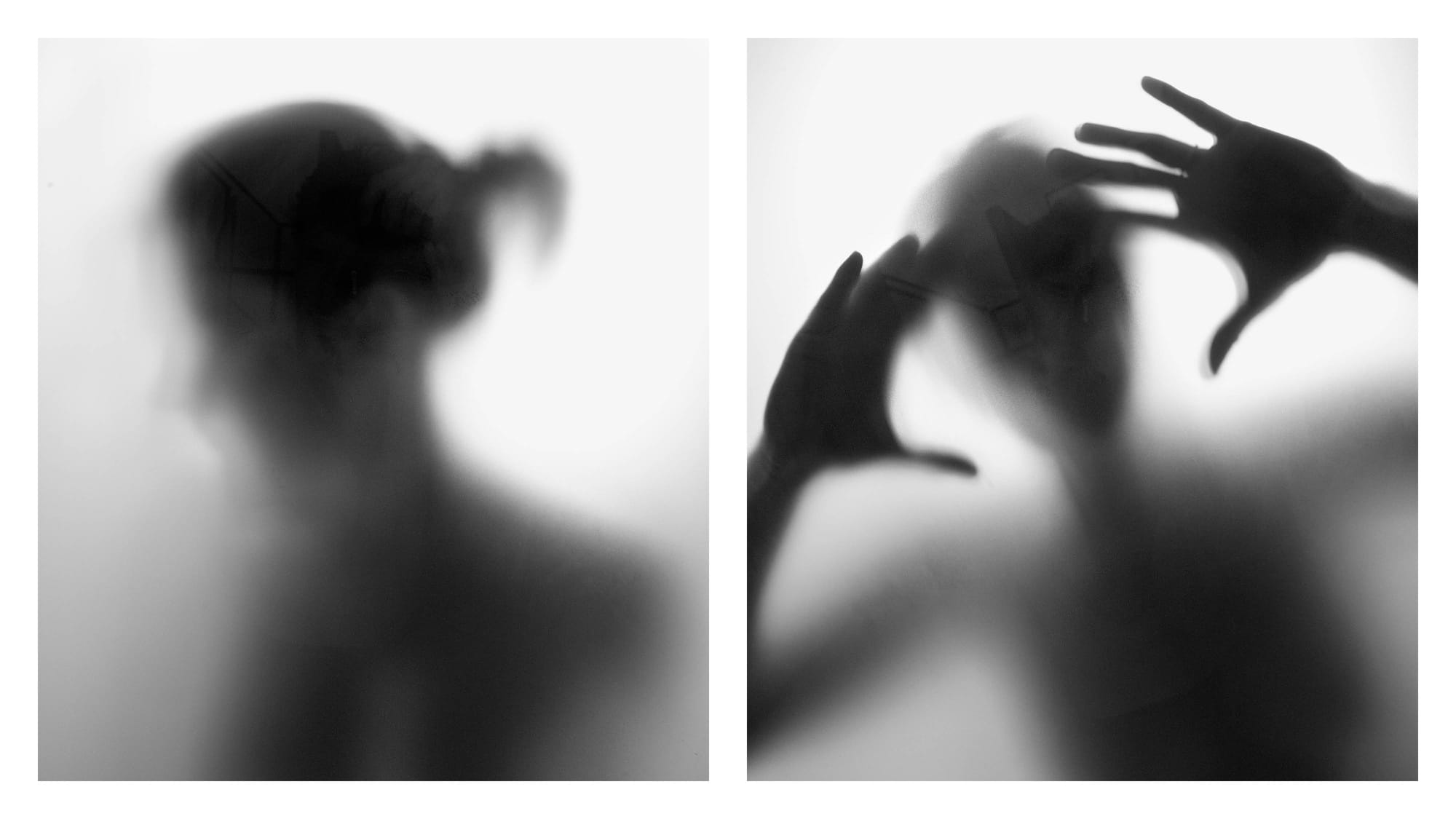
Your journey is described as an ongoing intimate story with your audience. How do you envision this ongoing narrative, and what role does your audience play in it?
An intimate story, naturally. Everything I photograph or write is drawn from my daily life, therefore from what I experience. But if what I tell is intimate, nothing shows my intimacy. I naturally expose myself by creating, but I certainly do not want to overexpose myself, especially not to be the subject of my creations. I think the interest of the creative act is to transcend the intimate to tell stories, which I hope could become universal, thus surpassing my personal story. That’s what I strive for, even though I have a project about my family that I would like to tell one day. Then the intimate would become the center of a story that I think is also universal. If not, I won’t do it. As for the audience, once my creations are in their hands, they appropriate them, and they belong to them. At most, I can share feelings with them, but nothing more. And that’s what is beautiful.
"Téléphérique pour l'enfance" and "Et si le jazz est la vie" combine photography, drawing, and poetry. How do you approach blending visual and written narratives to create a coherent and impactful book?
I work by following a thread, then ideas come one after another. I organize my creations. I write graphically, act quickly, regularly question myself. I cross and mix my artistic disciplines. I think as an art director & act as a graphic designer. I enrich with poetry or drawing and return obsessively to the story to be told, digging ever deeper. Whether it’s a photo, a poem, or a graphic sign, a word, a photo, or a color, everything has the same importance, and it’s the combination of all that forms the book or pœm poème. Maybe that’s why I define myself as an image designer who does photographism to create identity objects. I think a double-page spread of a book, built around this mix of artistic disciplines, can be richer than the expression of a single discipline. A double-page spread could quite possibly be exhibited alongside a photo print or a drawing. That’s what I did at the Promenades photographiques de Vendôme, in large format. In "Et si le jazz est la vie," this approach is quite evident. The book is the paper version of some animated boards of the pœm-poèmes. I think it’s the first time I’ve conceptualized the full complexity of my creative approach. And it’s thanks to you. So I thank you.
"Mon Japon, un voyage en gastronomie" is uniquely printed on Japanese paper and only available as a special edition. Can you tell us more about the creative process behind this book and how it captures the essence of Japanese culture and cuisine?
For my 50th birthday, my wife Astrid organized a family trip to Japan. We went, the four of us, as we do for every major event, with our son Elia and daughter Esther. Since I take a lot of photos daily during our travels, and continue to do my daily drawing and poem during this period, I come back with a substantial amount of material. Some time after our return, I decided to organize a similar trip for my wife’s 50th birthday. Since she is a researcher in literature specializing in poetry, and particularly in food, I built this second trip around this theme. Then my photographist side woke up again. I then conceived a book for my wife, where each chapter was one of the reinvented days of my trip to Japan, while evoking food. Naturally, drawings, photos, and poems mixed together…. I delved deeply into the graphic design to enrich the layout and create a strong graphic principle. Since I always work very far in advance, I had time to get into the smallest details of this creative adventure. I made a whole series of prints on Japanese paper to find the right method to print on this kind of support. I discovered two female artisans who knew how to bind the book in the Japanese style and make a superb custom box. Every major event deserves its project, and this was my wife’s 50th birthday project.
The book "Le Pari(s) Confiné" documents the 56 days of lockdown with photos, posters, drawings, and poems. How did the experience of living through the pandemic influence your artistic expression in this work, and what do you hope readers will take away from it?
When we were all locked up at home, I wanted to do something useful to help. I didn’t really know what. From the first day, I made a daily typographic poster with a slogan related to the news of the time. I posted one each day on social media to stay in touch with my surroundings. I remembered that some people used to come to the Sunday jazz lofts I organized before the pandemic to avoid being alone on Sunday evenings. These posters were a way to continue in this same direction. Finding slogans to make people smile, to decompress and feel less alone. Then, some time later, I took photos of the empty streets and metro of Paris. With my photos, poems, and drawings, I did what I know how to do, a book. Since I had a substantial graphic base with my posters, I could push the book’s layout quite far. But it wasn’t enough for me to make a book in this particular period. It had to serve a purpose. That’s how I got in touch with the Paris Saint-Joseph hospital. The sale of this book raised 8,890 euros for the emergency department. They just bought the equipment with that money and are talking about it on social media. I’m happy for them. The book has become a trace of the pandemic, like Téléphérique pour l’enfance is a trace of the history of the Avoriaz ski resort. Once again, a trace. When is the next one?
